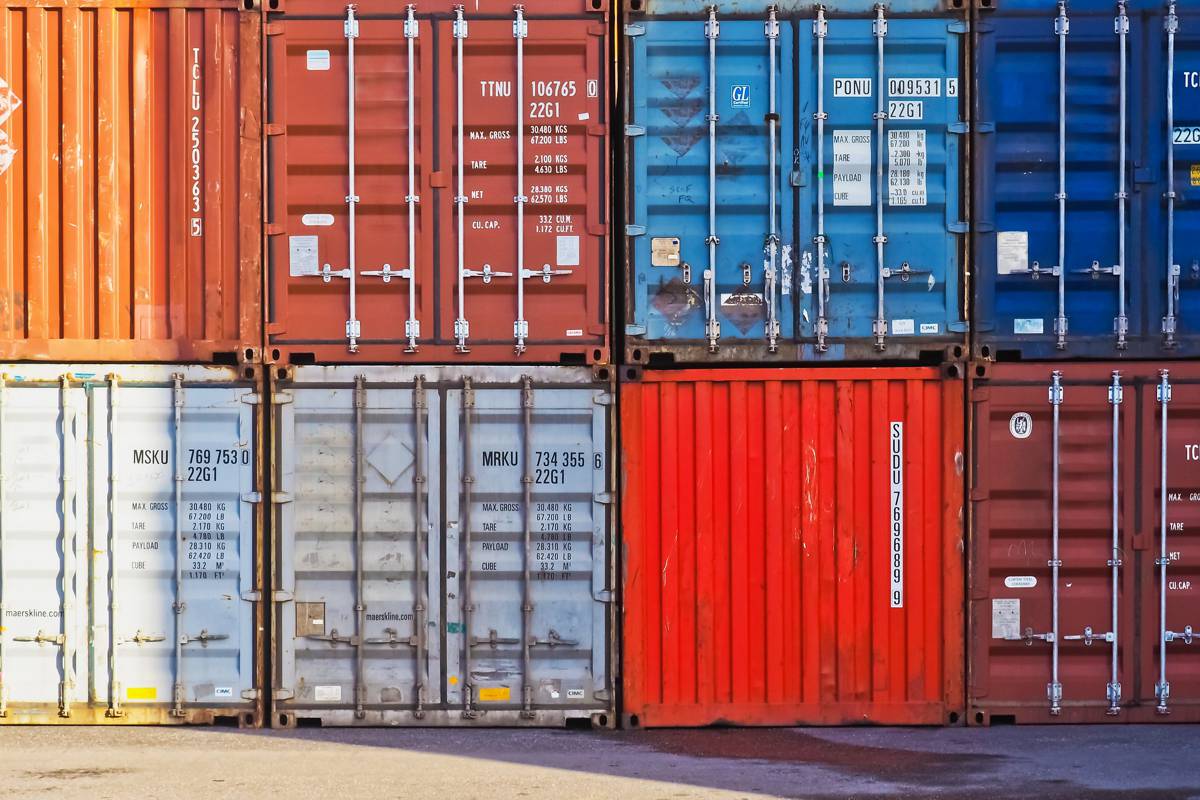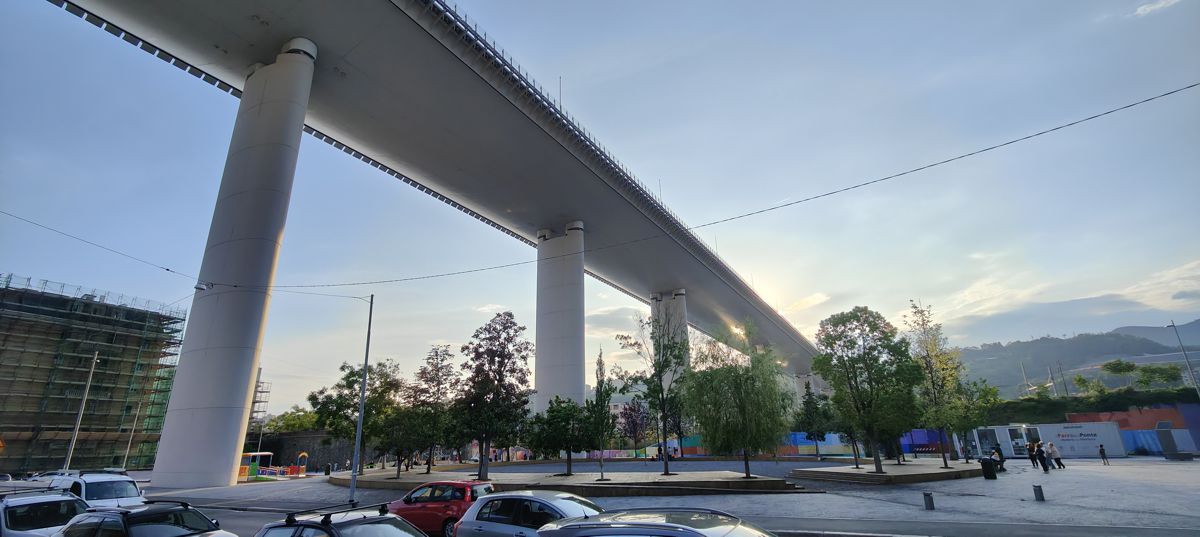Shipping Container Innovation – Transforming Road Transport And Logistics
Since their creation, shipping containers have been pivotal in redefining the logistics and transport sectors. Their standardized designs have created seamless interfaces between various transportation modes, making global trade more efficient than ever.
Over the years, these containers have evolved, adapting to the changing demands of commerce and presenting new opportunities for road transport in particular. But how exactly is innovation transforming these humble giants, and what does it mean for the future of logistics?
If you’re curious how shipping container innovation reshapes road transport and logistics, read on to discover their transformative journey.
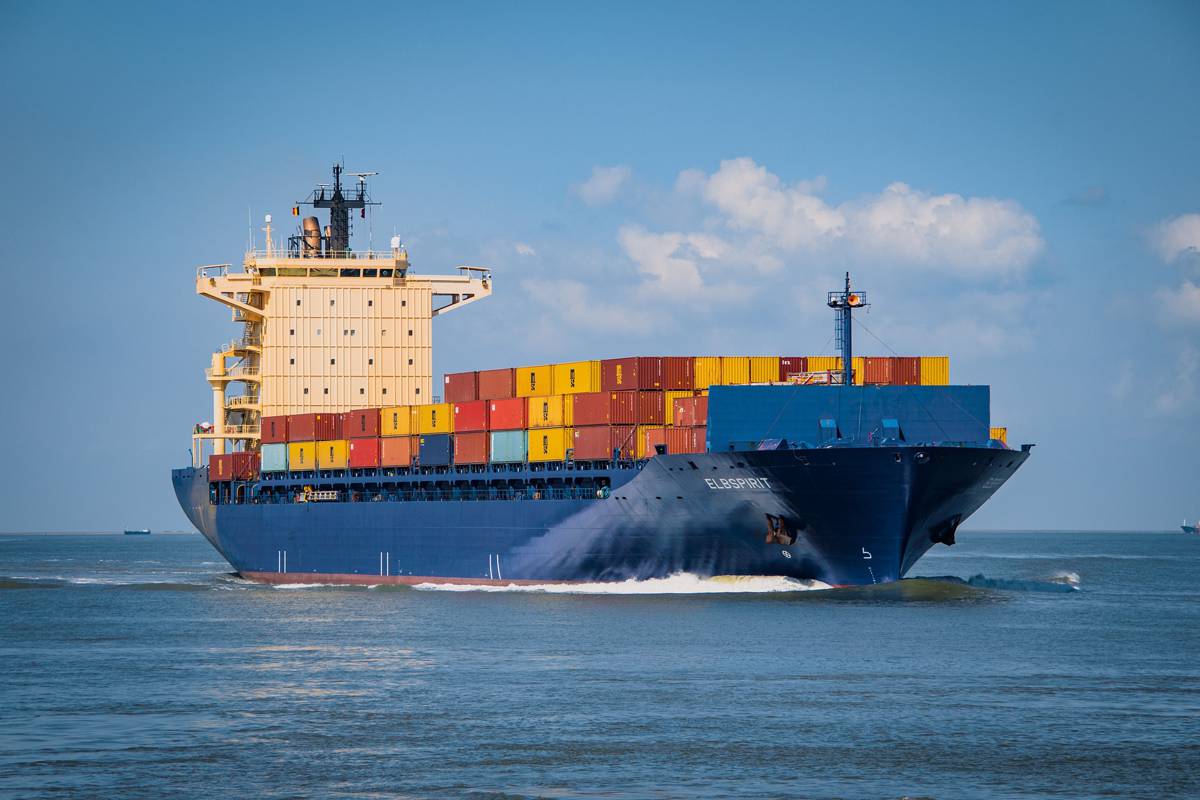
The Role Of Innovation In Container Evolution
With the increasing demand for global trade, the need for versatile and innovative shipping solutions has also grown. Interestingly, the range of options showcases how much these containers have evolved when one looks at the market of shipping containers for sale. These rectangular metal boxes have transcended their initial design, becoming integral tools in logistics and transportation.
Below are some of the innovations in the evolution of shipping containers:
- Customization for diverse enterprises: Industries have diverse transportation needs. Today’s containers allow customization for specific requirements, whether for carrying delicate artwork, hazardous materials, or temperature-sensitive pharmaceuticals.
- Integration of technology: Gone are the days when containers were mere storage spaces. Modern containers often have smart technology for real-time tracking, temperature regulation, and security monitoring.
- Modular design: Flexibility is the name of the game. Containers now boast a modular design, allowing easy stacking, assembly, and repurposing. This design approach maximizes space and facilitates the creative repurposing of containers beyond transportation.
The transformation of shipping containers showcases the power of innovation. They’ve transitioned from simple cargo carriers to multifaceted tools, catering to the ever-changing needs of global commerce and reflecting the advancements in design, technology, and sustainability.
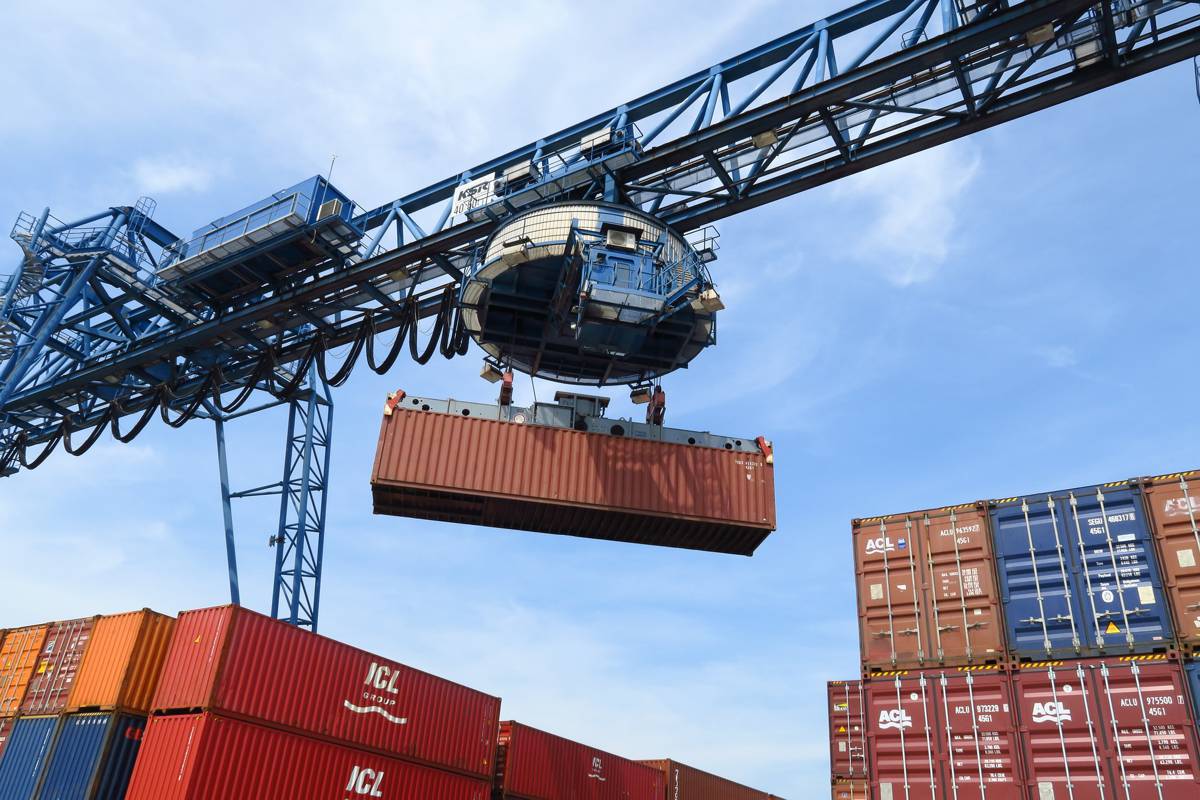
Streamlining Road Transport
Road transport is pivotal in connecting the dots of many supply chains, seamlessly linking ports, factories, and distribution hubs. Observing the evolution in the current marketplace of container designs, it’s clear how innovations are revolutionizing the dynamics of road transportation.
To gain a deeper understanding of these influential changes, explore the subsequent advancements:
- Efficient loading and unloading: Time is money in logistics. The latest container designs prioritize quick and easy loading and unloading to reduce dwell time at ports and warehouses. Some containers now feature automated mechanisms or enhanced access points to speed up these processes.
- Weight and space optimization: Every inch of space and pound of weight matters. Innovations have focused on creating lighter yet stronger containers. This enables more cargo transportation and ensures compliance with road weight regulations, preventing costly fines and reducing wear on infrastructure.
- Internet of Things (IoT) and real-time tracking: In today’s digital age, moving goods from point A to B isn’t enough. Integrated IoT devices in containers provide real-time location updates, condition monitoring, and even theft alerts, ensuring cargo safety and timely deliveries.
These container innovations streamline road transport, addressing operational challenges and ensuring faster, safer movement of goods. They strengthen the symbiotic relationship between containers and the road transport sector.
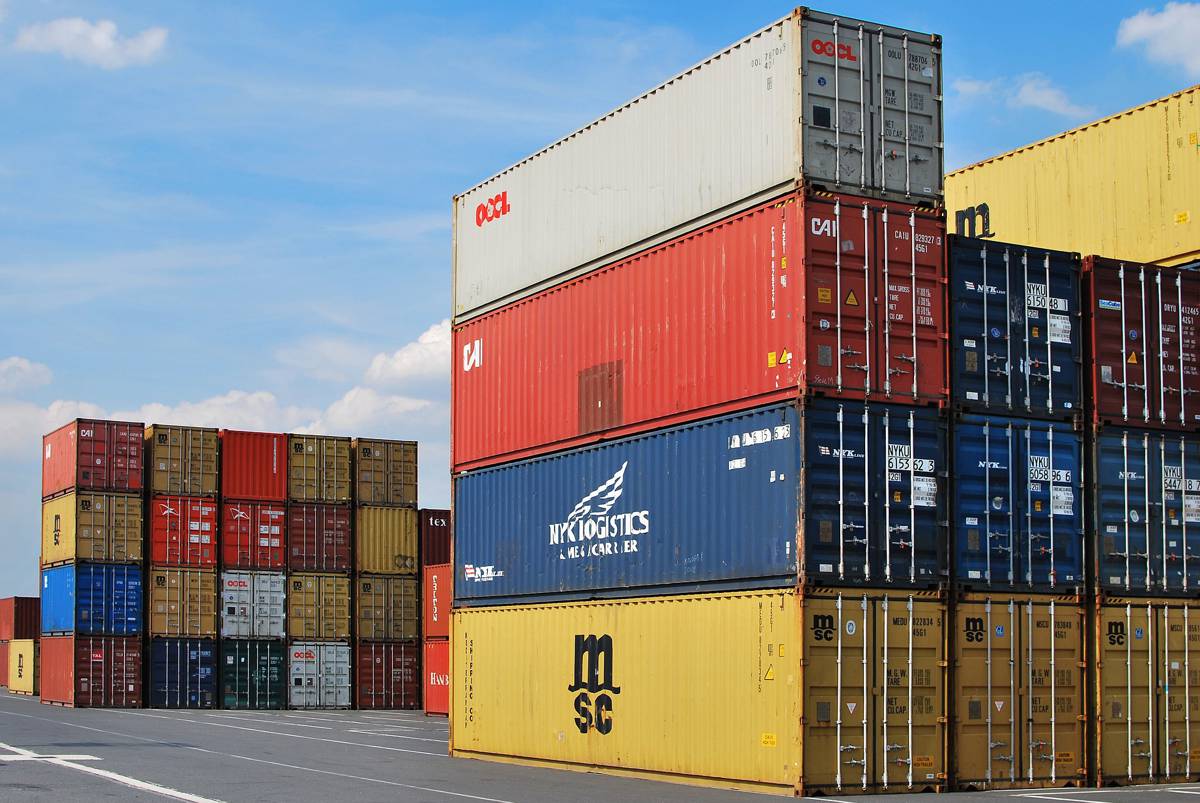
Reducing Environmental Impact
Road transportation, while essential, often contributes significantly to environmental concerns, notably carbon emissions. However, with the rise of innovative shipping container designs, there’s an ongoing effort to mitigate these impacts.
Here are some key innovations aiming to create a more sustainable future in logistics:
- Lightweight materials: Using lighter yet durable materials in container manufacturing reduces the overall weight vehicles need to carry. This translates to lower fuel consumption and, consequently, fewer road emissions.
- Temperature control: Enhanced insulation and control mechanisms ensure containers maintain optimal conditions with minimal energy usage. This feature is especially vital for perishable goods, reducing the need for external refrigeration and thus cutting down on energy consumption.
- Solar integration: Some modern containers come equipped with solar panels, which aid in powering internal systems and can also feed excess energy back into the grid, promoting the use of renewable energy in logistics.
Innovations in shipping container design are driving the shift toward a more environmentally friendly logistics industry. These containers meet modern transportation needs by prioritizing sustainability in form and function while contributing to a greener future.
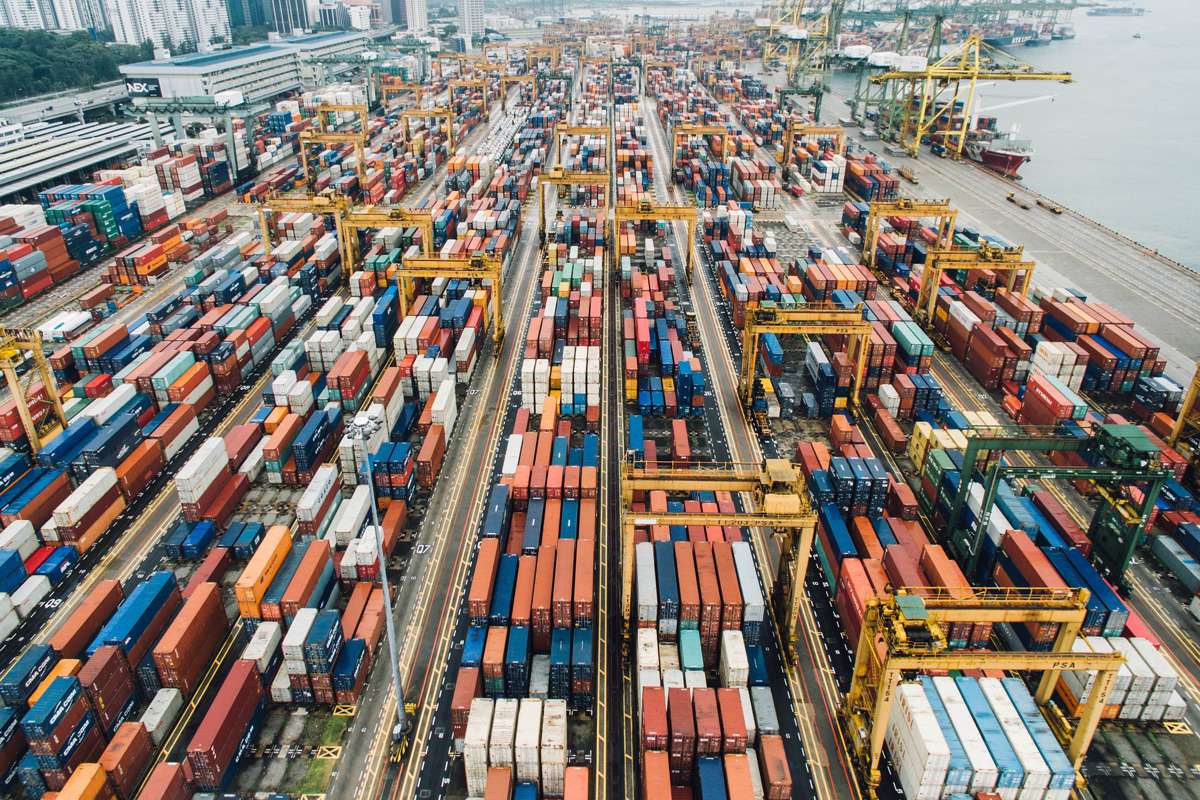
Enhancing Safety Standards
Safety remains paramount in the transport and logistics industry. As shipping containers play a pivotal role in this domain, innovators continually develop enhancements to improve safety.
Below are some ground-breaking advancements elevating safety standards:
- Advanced locking mechanisms: With increasing concerns about road safety and security threats such as theft and tampering, modern containers are now equipped with sophisticated locking systems. These systems deter unauthorized access and ensure the cargo’s safety throughout its journey on the roads.
- Structural integrity checks: The introduction of ultrasound and X-ray scanning allows for detailed inspections of container walls, floors, and ceilings. This ensures early detection of wear and tear, preventing potential breaches or accidents.
- Smart monitoring systems: Sensors and IoT devices equipped in these systems monitor conditions inside the container in real time. Alerts for parameters like temperature spikes, moisture levels, or unauthorized access ensure that operators can take immediate action.
Safety advancements in shipping container design protect valuable cargo and play a critical role in safeguarding the lives of those involved in the transport process. As the industry evolves, the emphasis on these safety standards remains a top priority, ensuring the trustworthiness and reliability of road transport and logistics.
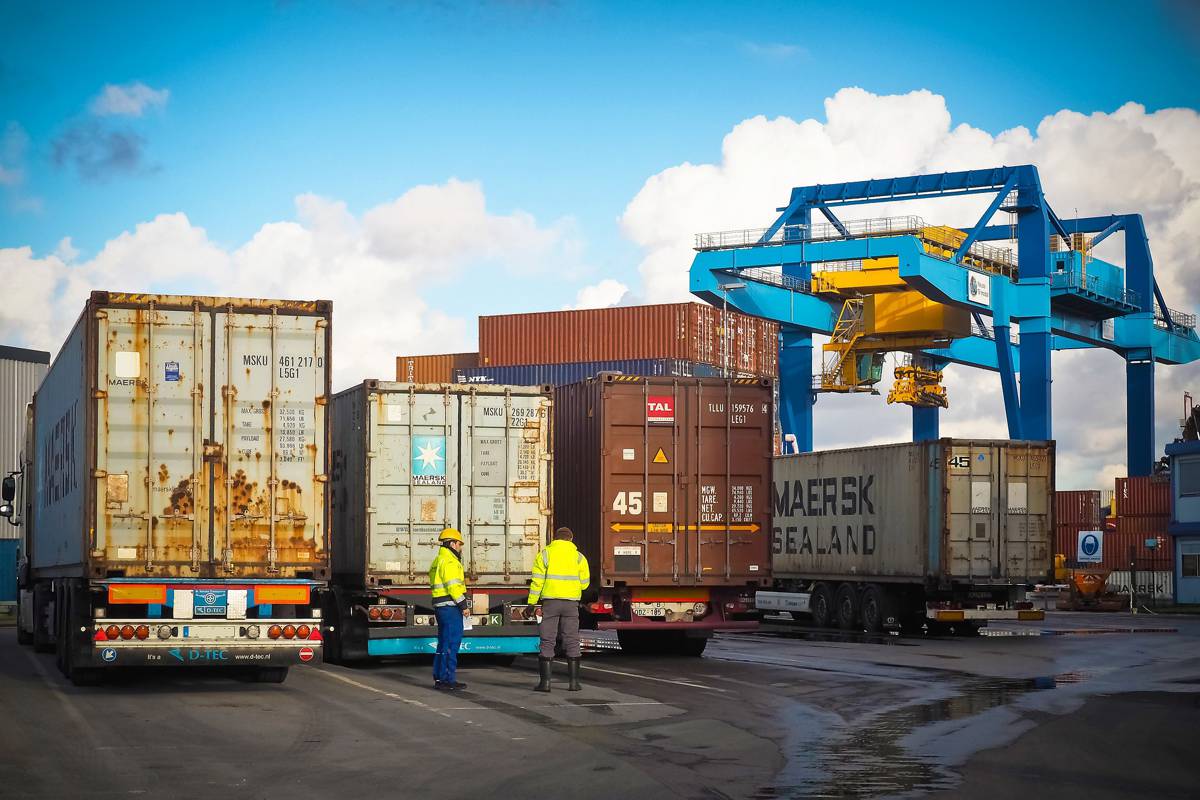
Adapting To The Future Of Logistics
The world of logistics is in constant flux, shaped by technological advancements, changing consumer demands, and the global economic landscape. As foundational elements of this industry, shipping containers must adapt to stay relevant and efficient.
Below are the ways containers are evolving to fit the future of logistics:
- Smart containers: Incorporating technology like IoT sensors, GPS tracking, and automated inventory systems, smart containers offer real-time monitoring and data collection, ensuring timely and informed decision-making throughout a cargo’s journey.
- Modularity and customization: Containers are designed with modularity in mind, allowing easy customization based on the type of cargo, whether it’s bulky machinery or temperature-sensitive pharmaceuticals.
- Integration with automated systems: The future of logistics is leaning towards automation. Containers integrate seamlessly with automated loading, unloading, and transport systems, reducing human error and streamlining operations.
- Flexibility for multimodal transport: Containers now easily transition between different modes of transport—from truck to train to ship—without the need for extensive modifications or transfers.
The future of logistics demands adaptability, efficiency, and foresight. Through these innovations, shipping containers are proving their readiness to meet these challenges head-on, ensuring the industry remains resilient, responsive, and ever-evolving.
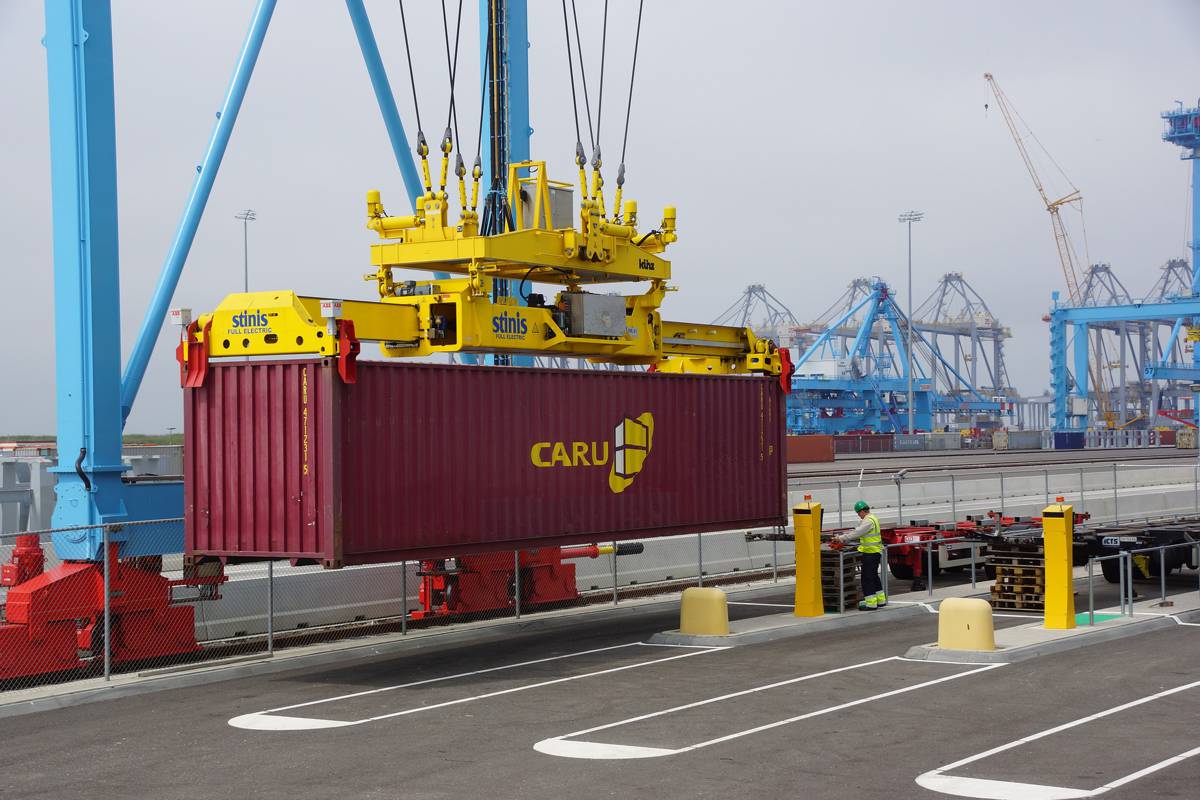
Conclusion
Shipping container innovations stand as a testament to human ingenuity, remarkably shaping the future of road transport and logistics. As the industry faces new challenges and demands, these adaptable metal boxes redefine what’s possible. With their evolving designs and applications, they’re not just meeting the needs of today but paving the way for tomorrow. So, as you consider the future of logistics, take a moment to appreciate the humble shipping container and its transformative power.


